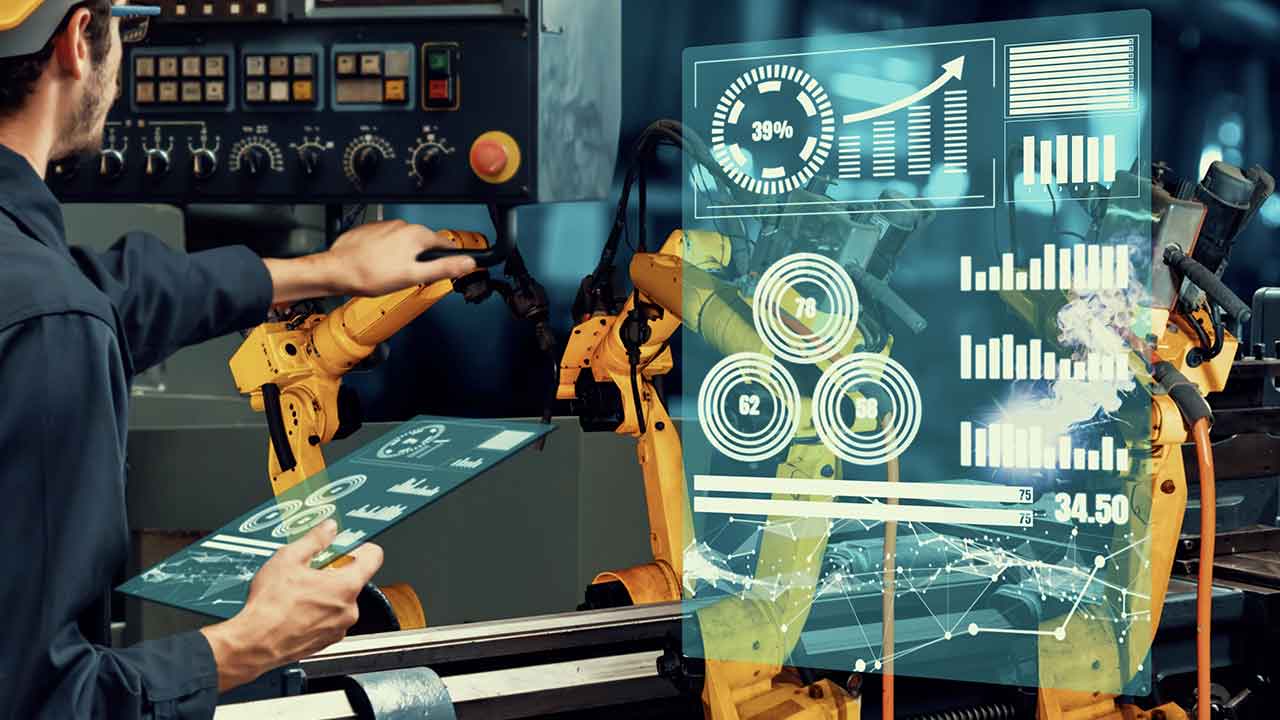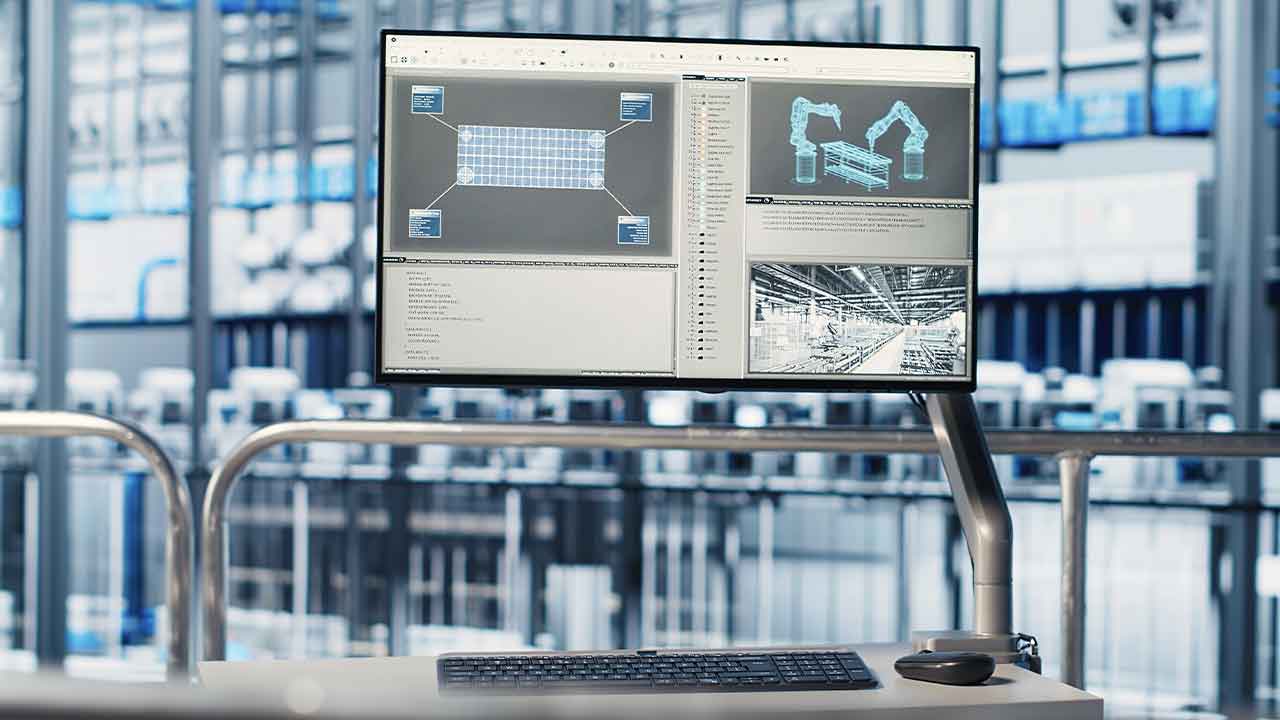A Plant Asset Management Strategy Must Reflect the Next Normal Situation
The COVID-19 outbreak has accelerated a digital transformation (DX) in the manufacturing industry, notably in the area of enterprise asset management. With the emergence of Industry 4.0, maintenance has stepped out of the shadows. Organizations are accessing the newest technology to go beyond a lean approach to manufacturing and adopt a total productive maintenance (TPM) approach, which commonly includes “run to failure and preventive maintenance.”
To succeed in the next normal environment, which could continue to involve a good deal of uncertainty for an undefined period of time, organizations have to significantly improve their operational resilience. This can be achieved in various ways, particularly through transformation of the organization and the use of the right technology stack. Below we present some areas to focus on.
What is Plant Asset Management?
Plant Asset Management (PAM) is a comprehensive approach used in industries to optimize the performance, reliability, and maintenance of physical assets such as machinery, equipment, and infrastructure within a manufacturing or industrial facility. PAM involves the use of specialized software, tools, and strategies to monitor, analyze, and manage the lifecycle of assets, aiming to improve efficiency, reduce downtime, enhance safety, and extend the useful life of these valuable resources. More about Unplanned Downtime: Causes, Calculations, and Cures
How can Plant Asset Management be applied?
C-level and middle management must understand the value of technology
The digitization and IoT of asset management has become a priority for the majority of leading enterprises that have engaged in digital transformation strategies. However, the rapid development of disruptive technology and digitally-fueled market trends such as industrial IoT, AI/ML-based models, augmented and virtual reality (AR/VR) tools, and holistic digital twins have put C-level management under even greater pressure to deliver significantly higher operational results. Maintenance engineers, managers, and field workers are now tasked to leverage technology to improve asset availability and reliability and to optimize maintenance costs.
However, the expected benefits sometimes look better when presented “on paper” than in real life. This often leads to unrealistic expectations of the C-suite and frustration on the part of asset management personnel.
This situation has resulted in the need for continuous education at all levels in the plant and tighter communication and collaboration with process owners, digital engineering experts, IT vendors, and systems integrators. While everyone cannot be an IT expert, asset management engineers and middle management should at least have a general understanding of the potential value represented by particular technologies. This naturally entails a grasp of the basic principles of industrial IoT, data management, analytic tools, and enterprise applications.
Production functioning hand in hand with maintenance
Production and maintenance often exist as process silos within an organization, particularly when it comes to the utilization of production data for advanced analysis and contextualization. Modern computerized maintenance management systems (CMMS) could be easily integrated with various enterprise systems, industrial IoT data platforms, manufacturing execution systems (MES), and spare part management applications. However, it is still quite common for organizations to instead utilize CMMS for work order management and maintenance planning and scheduling purposes. In this case, they are not benefitting from the full value that the system can bring when properly integrated with other enterprise data sources, including the production execution systems.
On that note, according to IDC’s IT and OT Convergence Survey 2020, organizations’ unscheduled asset outages KPI has improved by 12% due to the full integration of enterprise IT solutions and operational technology (OT).
Maintenance engineers have to improve the ability to oversee the production process holistically through the integration of the operational data, including asset condition monitoring and energy consumption monitoring. This holistic approach provides the maintenance crew with the data in the broader context, thus making the final outputs even more insightful.
Condition monitoring vs. predictive maintenance
In the realm of Industry 4.0 and enterprise digitalization, predictive maintenance is one of today’s most discussed technologies. Nevertheless, some companies are still confusing predictive maintenance with advanced condition monitoring. Again, condition monitoring’s function is to observe the defined parameters and compare them against defined thresholds (upper and lower limits). Visualization of final outputs is mostly in the form of traffic lights indicating the performance and condition of the machine in real-time.
Moving condition monitoring to a higher level, predictive maintenance is based on the utilization of machine-learning engines. The selected parameters are processed, using algorithms to predict what will happen within certain periods with a certain degree of probability. The cornerstone of a successful implementation is the data quality and relevance, prediction accuracy, and connection of the predictive model outputs with the enterprise IT tools.
Deploying predictive maintenance on a fleet of machines is still challenging interms of effort, cost, and technology. In the majority of situations, companies implement only condition monitoring, as they require quick results. Building a predictive model that delivers high accuracy output could take months or even years.
However, where the application of predictive maintenance tools makes business sense, the gain for the organization is definitely higher compared to a condition monitoring application.
Maintenance personnel as a data platform
Maintenance field workers are equipped with a set of tools that transform them into a fully connected real-time data platform. The data could be acquired through intelligent hardware integrated into the worker’s gear and connected to the local network utilizing cameras, digital microphones, and sunlight-readable displays for high-resolution photo capture and real-time video chat. The technology also provides active remote assistance for workers, geolocalization, navigation, asset visualization, and online library access, among other features.
Let me just highlight an interesting fact related to the leveraging of augmented reality technology. According to IDC, facing a knowledge gap, 30% of G2000 OEMs will use mixed reality tools at scale to equip field and maintenance teams with remote and on-demand expertise, thereby reducing mean repair time by 40% by 2022.
Maintenance field workers then become fully connected mobile eyes and ears. They could be considered the bridge over which the data flows back and forth between wearable technology, field tools, enterprise asset management solutions, and enterprise systems. It will be interesting to watch to what extent the deployment of 5G will improve the effectiveness of these “human platforms”. Low latency and increased speed could significantly improve accessibility to the information for field workers (e.g., from some IT tool or repository, asset specification). The question is: To what extent are the organizations able to unlock the full benefit from 5G in the asset management area? According to IDC’s European Tech and Industry Pulse Survey 2019-2020, 29% of manufacturing organizations have not yet considered 5G for their operations.
IIoT Asset Management: What to expect in 2021?
From the asset management perspective, I would assume that 2021 will increase pressure on asset management leaders and their staff to “do more with less” in the wake of cost-saving initiatives.
Uncertain market conditions and fluctuating demand also changes how manufacturing entities plan their production. The need for agility and flexibility naturally affects how assets are maintained and serviced. Time will have to be scheduled for proper maintenance planning, the availability of spare parts might be limited due to supply chain disruptions, and there will be a continuous workforce issue, due to health regulations and other requirements related to COVID-19.
One positive development is that the current level of technology empowers the asset management workforce with countless digital tools and solutions. The condition and IIoT impact on asset performance management can be monitored and analyzed 24/7, and many repairs and interventions can be conducted remotely.
While instant access to data and information allows maintenance engineers and field workers to be more flexible and effective, what they really need is not raw data but clear instructions, guidance, and insights. The asset management’s holy grail of 2021 will be a cultural change that supports the creation of a digitally transformed, resilient organization. The roles of C-suite executives are evolving as digital becomes an integral part of their purview. Asset management, empowered by digital technology and data-driven actions, stands at the center of this new technology-driven transformation. It will represent a cornerstone of the smart and resilient factory, supporting cost-effective operations and tangible results, even during times of uncertainty and disruption.
More about Connecting Assets: 5 Things to Keep in Mind
About the Author
 This article was written by Jan Burian, Senior Director, Head of IDC Manufacturing Insights EMEA and Leader of Europe: Future of Operations Practice.
This article was written by Jan Burian, Senior Director, Head of IDC Manufacturing Insights EMEA and Leader of Europe: Future of Operations Practice.



